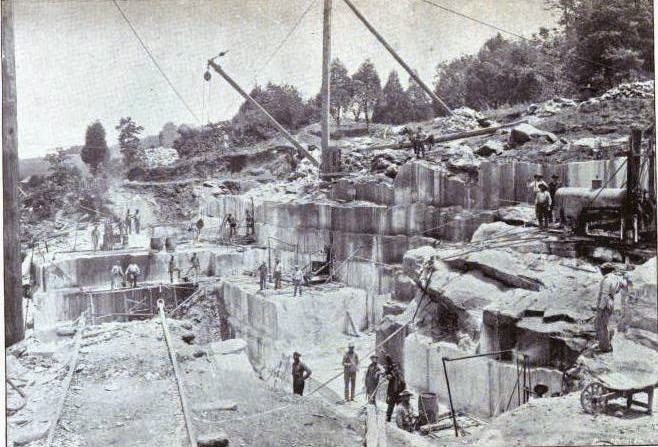Critter(s) of the Week
Last week we set up our micro-aquariums and took a quick look under the microscope. It was quickly evident that there is a lot more going on in this little glass box than you might imagine. This week I spent a little more time trying to find and identify some of the various swimming , squirming, and wiggling things that I spotted last week. One of the most interesting life forms that I found was actually not a individual organism, but many organisms that live in a colony. Nitzchia paradoxa, sometimes called a Carpenters Ruler, are a type of diatom that are common to the temperate waters of North America. I was able to identify this diatom using the Key to the Genera of Diatoms of the Inland Waters of Temperate North America by William C. Vinyard (and maybe a little help from my Professor Dr. McFarland of course). As you can see in the video below, they have a very distinctive movement that is quite interesting to watch.
Each one of the segments of this organism is an individual diatom. What makes this so interesting is that no one is really sure how each of these diatoms communicates with each other and coordinates the movement that you see. It's amazing how much we don't know.


